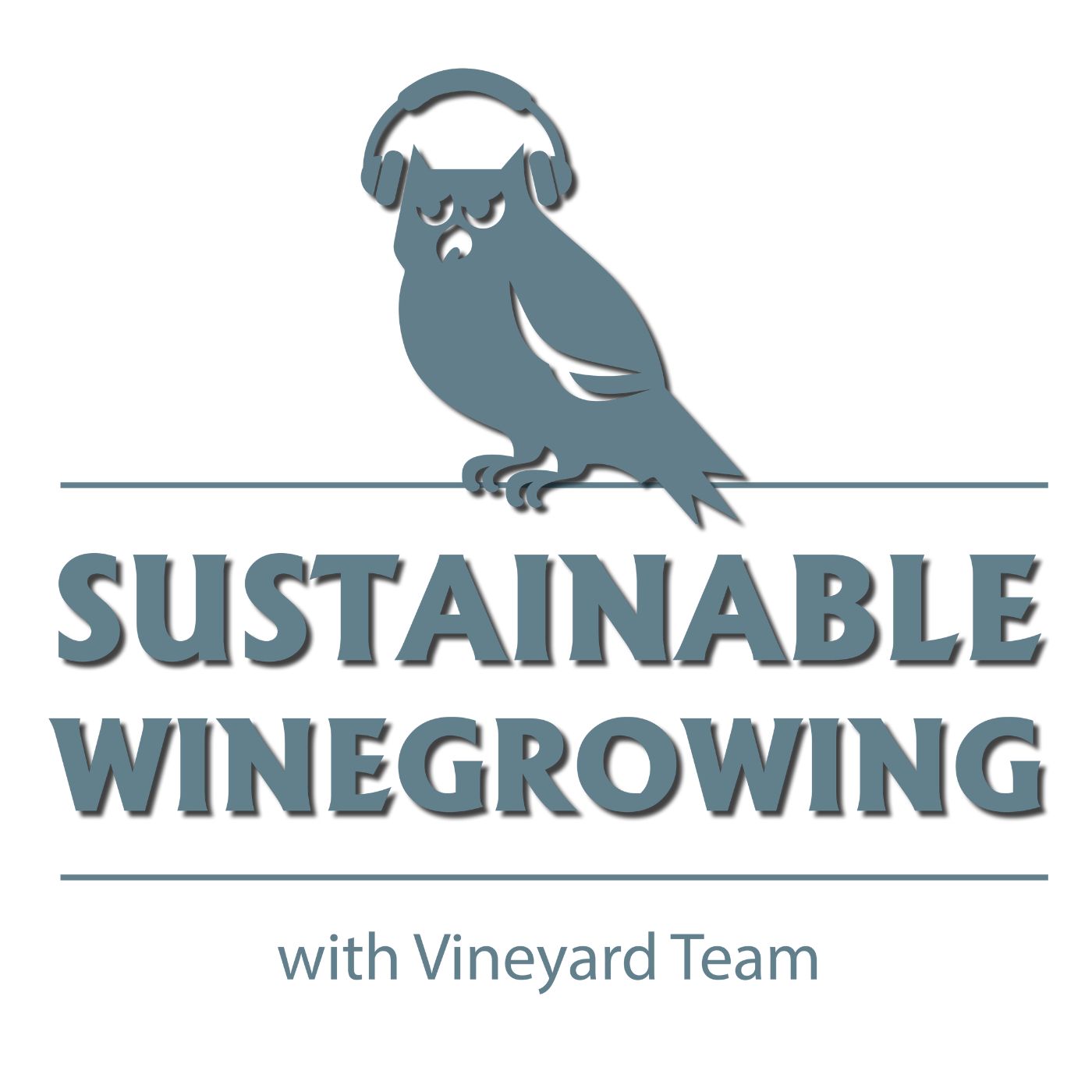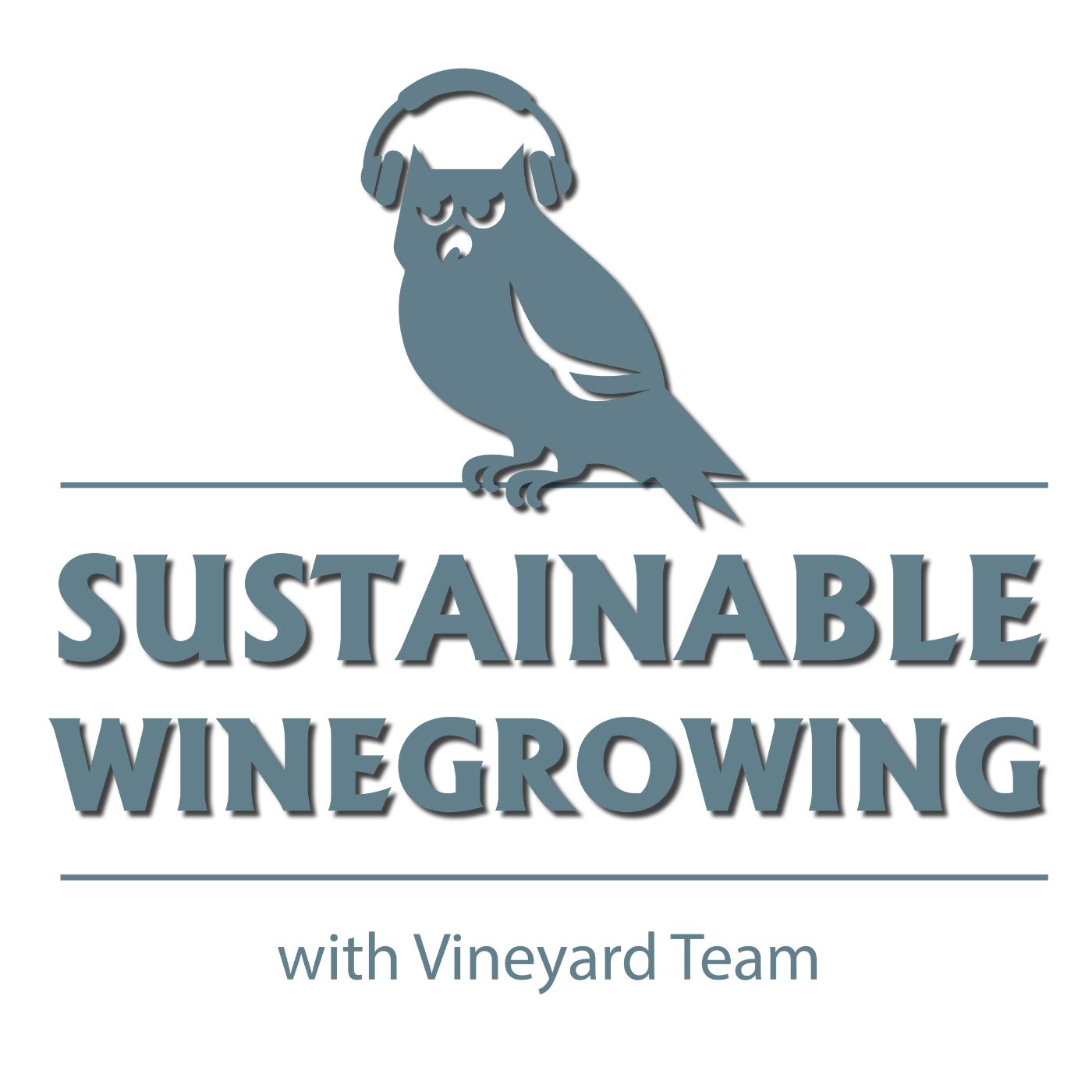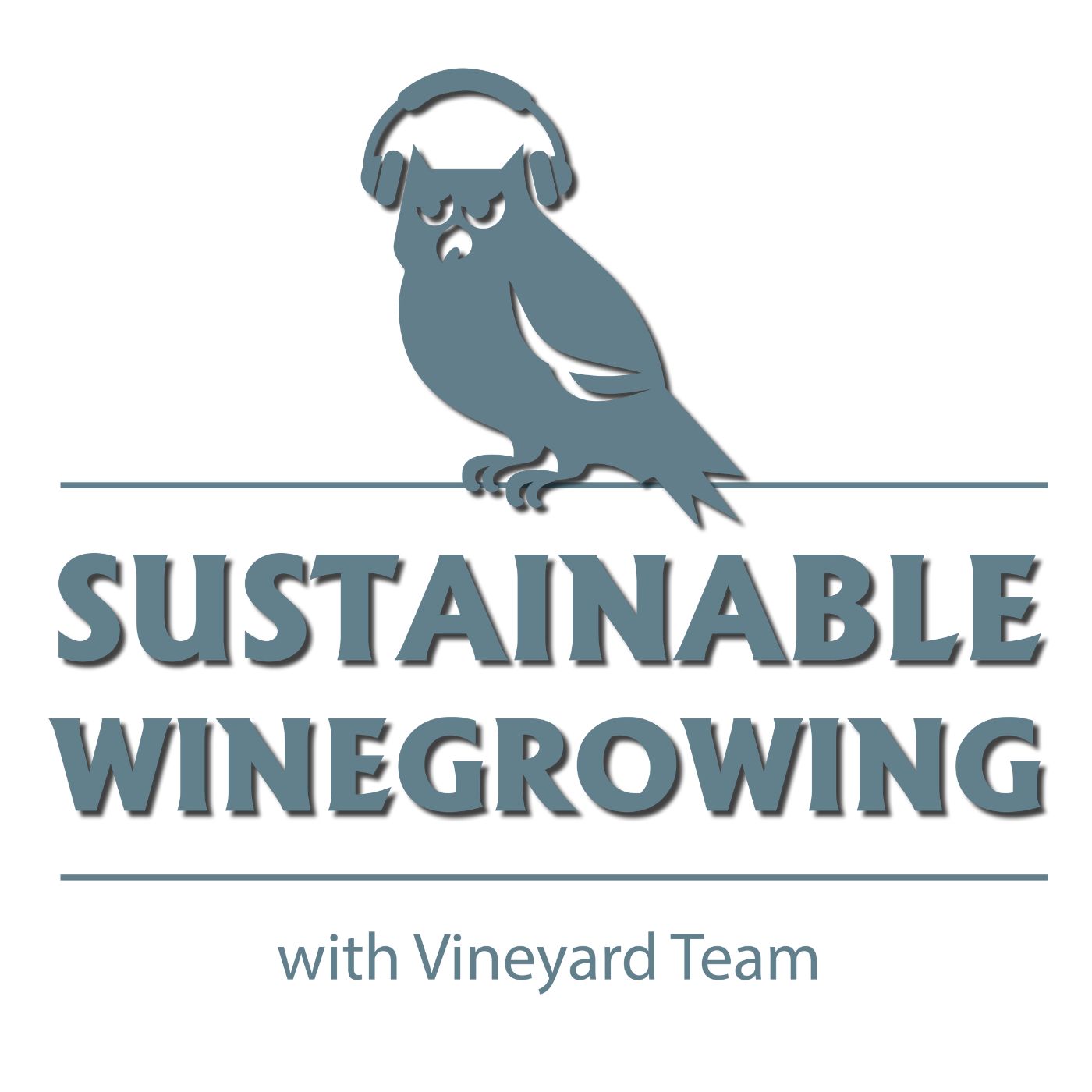235: Battling Vineyard Fungicide Resistance with Glove Sampling
Description
To understand fungicide resistance in the vineyard, a group of United States scientists formed the Fungicide Resistance Assessment Mitigation and Extension (FRAME). Sarah Lowder, Assistant Professor and Viticulture Extension Specialist at the University of Georgia describes a nationwide sampling project to test for resistance markers. To get samples, they are promoting a new collection method called glove sampling. This process leverages the time that fieldworkers are in the field running their hands through the vines. They collect samples by rubbing their gloved hands on a cotton swab and sending the sample to the lab. Research shows that glove sampling results are very similar to spore trapping, a process that samples the air flowing through the vineyard.
Resources:
- 117: Grapevine Mildew Control with UV Light
- 219: Intelligent Sprayers to Improve Fungicide Applications and Save Money
- A Rapid Glove-Based Inoculum Sampling Technique to Monitor Erysiphe necator in Commercial Vineyard
- Fisherbrand™ Plastic Handled Cotton Swabs and Applicators
- Grape FRAME Networks
- Glove swab sampling tutorial for collecting grape powdery mildew (video)
- Glove Swab sampling tutorial for collecting grape powdery mildew - silent (video)
- Identification of Putative SDHI Target Site Mutations in the SDHB, SDHC, and SDHD Subunits of the Grape Powdery Mildew Pathogen Erysiphe necator
- Rapid sampling technique to monitor Erysiphe necator more effective than visual scouting
- Sarah Lowder
Vineyard Team Programs:
- Juan Nevarez Memorial Scholarship - Donate
- SIP Certified – Show your care for the people and planet
- Sustainable Ag Expo – The premiere winegrowing event of the year
- Sustainable Winegrowing On-Demand (Western SARE) – Learn at your own pace
- Vineyard Team – Become a Member
Get More
Subscribe wherever you listen so you never miss an episode on the latest science and research with the Sustainable Winegrowing Podcast. Since 1994, Vineyard Team has been your resource for workshops and field demonstrations, research, and events dedicated to the stewardship of our natural resources.
Learn more at www.vineyardteam.org.
Transcript
2024-07-04_235_Sarah Lowder - glove sampling for mildew_Otter
[00:00:00 ] Craig Macmillan: Our guest today is Sarah Lawder. She is Viticulture Extension Specialist and an Assistant Professor in the Department of Horticulture at the University of Georgia. And today we're going to talk about some exciting new advancements around monitoring for powdery mildew and other related topics. Welcome to the podcast, Sarah.
[00:00:16 ] Sarah Lowder: Thank you very much, Craig. I'm very excited to be here.
[00:00:18 ] Craig Macmillan: First though, I want to start with something I just found out about that applies to this, and that is the grape frame networks. Can you tell us exactly what that is and kind of how it came about and what it does? Okay. Thanks, Craig.
[00:00:29 ] Sarah Lowder: Absolutely. Yeah, the FRAME Network is part of a USDA SCRI grant.
This is a project that was funded several years ago, I believe in 2017, as part of the Specialty Crop Research Initiative Project System. And FRAME Networks literally stands for Fungicide Resistance Assessment Mitigation and Extension. networks. And so this was a grant that was really intended to look and learn so much more about how fungicide resistance works in the vineyard for powdery mildew specifically.
But this was a group, a very large group of scientists from all across the country from a wide range of different disciplines looking into how we can better address fungicide resistance for vineyards and for powdery mildew specifically.
[00:01:12 ] Craig Macmillan: But there's also applications either now or in the future for other fungal diseases like downy mildew, et cetera.
[00:01:18 ] Sarah Lowder: Absolutely. Yep. They are currently working on getting a new iteration of this grant, Frame 2 as it were that will hopefully be able to address also resistance in Downy Mildew and Botrytis Bunch Rot.
[00:01:29 ] Craig Macmillan: Fantastic. This is really exciting because what I saw was that there are people at Washington State, Oregon State in California, and then on the East Coast.
So hopefully this work will continue. What exactly kinds of things does Frame do?
[00:01:45 ] Sarah Lowder: Yeah, so we had a multi pronged approach for this project. One of the big parts that I was a part of is looking at the assessment of the fungicide resistance. So one of the things that we did was collect powdery mildew from all across the country, from states and vineyards all over, all over the place, and then look for different fungicide resistance markers in that mildew.
That can hopefully help us much more quickly assess if we have fungicide resistance present in a sample. One of the big groups of fungicides that we looked at was the QOI fungicides, the Sturbulurins, also sometimes they're called or the FRAC Group 11, with FRAC is the Fungicide Resistance Action Committee.
Is what the FRAC group would be for that and those just kind of group your different fungicides based on the mode of action. So how they work on the different diseases that they're attempting to control. And so we were looking at this group, this group 11, the QOI products which operate by attaching to the mitochondria, so the powerhouse of the cell.
And just preventing them from being able to produce energy and so the, the spores die and you don't get any more growth of that disease. But because it's one of those products that works like a binding site if you get resistance presence it just means that your fungicide can no longer attached to the disease and then it can grow in the presence of that fungicide and then you can even no matter how much you spray that product it can still continue to grow.
By looking at there's one particular mutation that occurs that causes that resistance in this group of products and we're able to run a test much more quickly than you can otherwise do a lot of different fungicide resistance testing And tell whether or not you had QOI resistant or sensitive Mildew in your field so you knew whether or not you could use that product or not
[00:03:35 ] Craig Macmillan: What about frac group three?
That's another one that we have known Resistance issues with the demethylation inhibitors. Is that part of the project as well?
[00:03:43 ] Sarah Lowder: Absolutely Absolutely, the DMIs demethylation inhibitors, absolutely, the FRAC3 Group 3 are a group of products that have a little bit more complicated unfortunately of a resistance pattern rather than just having one particular mutation.
<p class="MsoNor























